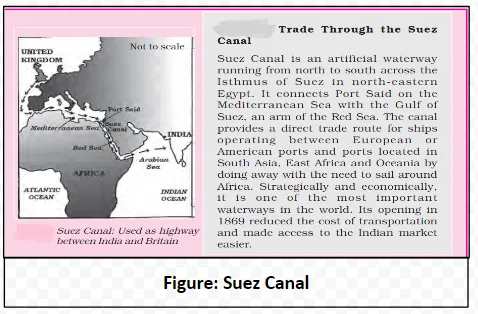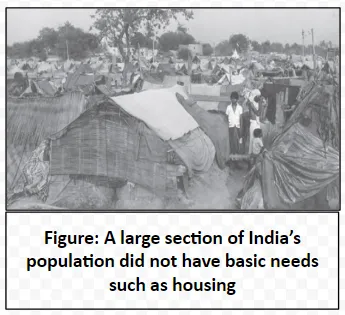![]() 2 Dec 2023
2 Dec 2023
The industrial sector is a segment of the economy made up of businesses that aid other businesses in manufacturing, shipping or producing their products. The industrial sector is also known as the secondary sector.
A solid infrastructure network is the lifeline of a thriving economy. It was only under British rule that India had its railway network, road network, telegram lines and postal network. However, it did not benefit the Indian economy to grow but rather further led to its decline. Can you think why this happened?
India has been an important trading nation since ancient times. However, the restrictive policies of commodity production, trade and tariff pursued by the colonial government adversely affected the structure, composition and volume of India’s foreign trade.

Demographic conditions related to the population in a region. This covers various factors like population growth rate, the percentage of different age groups within the population, the literacy rates, the sex ratio, urban-rural population ratios, etc.

<div class="new-fform">
</div>